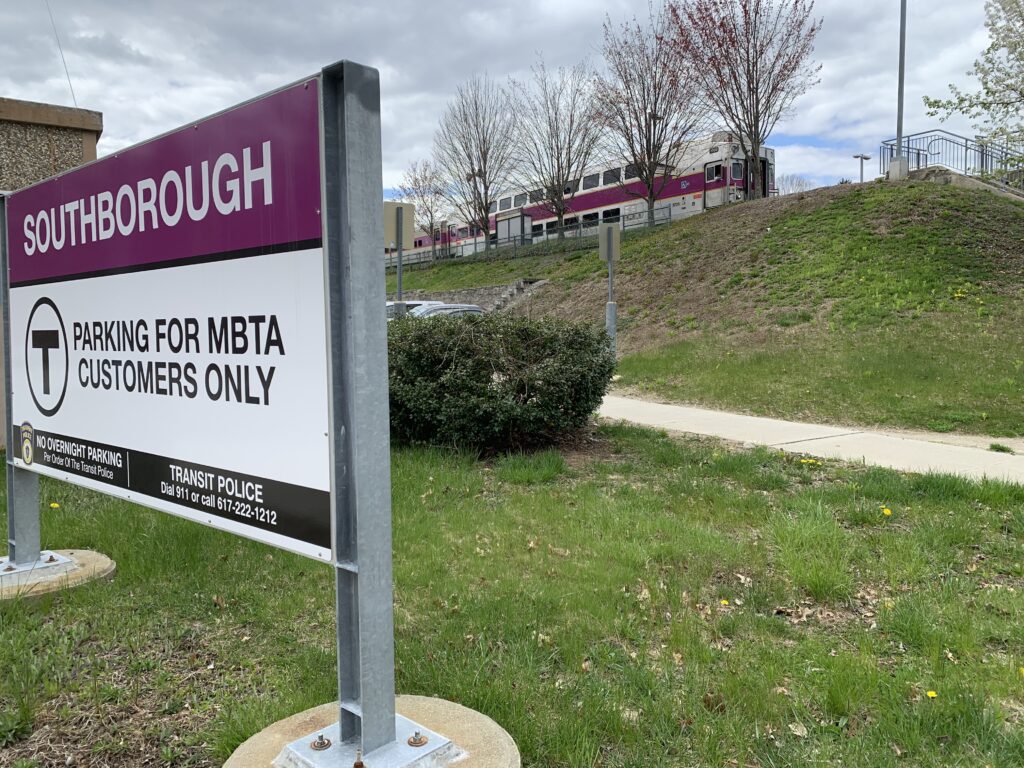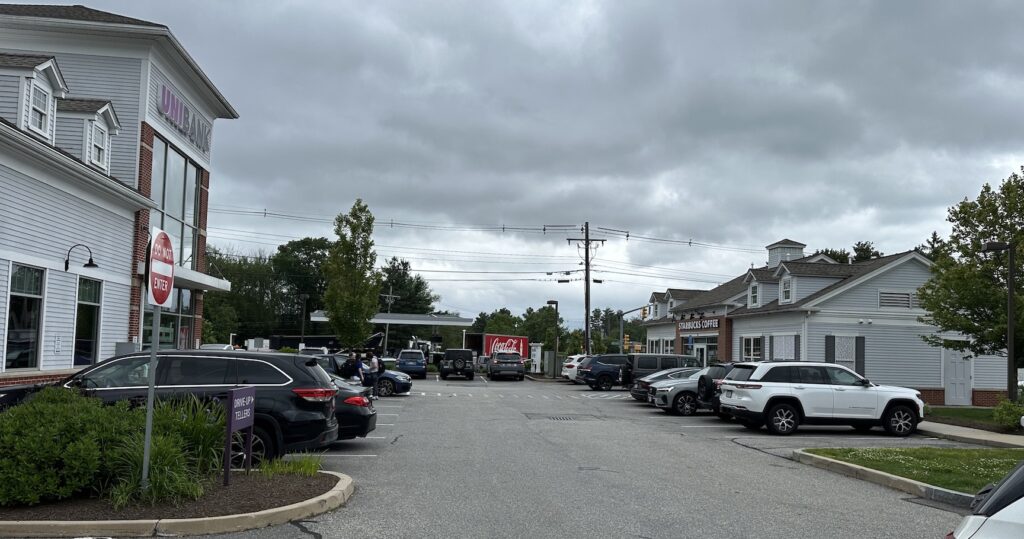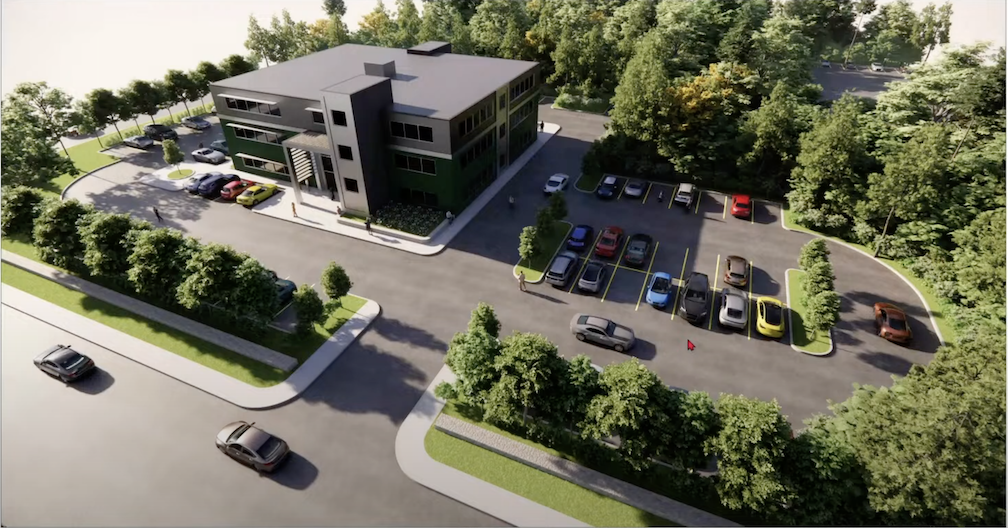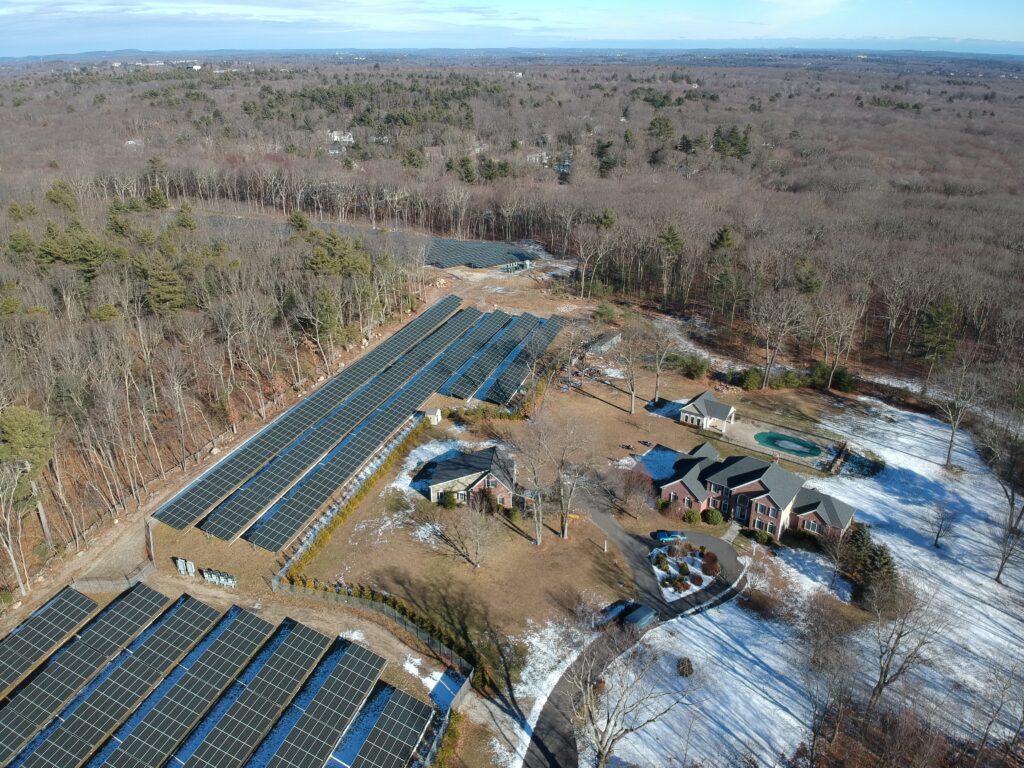The Zoning Advisory Committee at its virtual Monday night meeting took public comment on items people would like to see addressed in zoning policy, including three drafted articles discussed at last week’s Planning Board meeting.
The Planning Board’s drafted article on rooftop solar equipment was approved by ZAC, while its proposed articles on electric charging stations in new or altered parking lots and for flexible community development were held for further ZAC consideration.
Rachel Rossin, the ZAC co-chair, moderated the two-hour meeting, which included public comment from several residents on the need for electric vehicle charging stations, accessible dwelling units and affordable housing.
Planning Board chair Gary Trendel addressed the attendees at the beginning of the meeting, thanking them for their participation.
“It’s always an interesting meeting because it’s a great opportunity for the public to provide some input on various initiatives or ideas that they might have,” he said.
“I just want to make sure that folks from home and people in the public understand how important the Zoning Advisory Committee is to the Planning Board,” Trendel, a former ZAC member, continued, calling ZAC “the brains behind Planning Board amendments” that come forward at Town Meeting. He encouraged participants to “keep the broader interests of the town first and at the forefront” of their discussion.
ZAC co-chair Ted Barker-Hook noted that the meeting featured the most input from the public that ZAC has experienced in “five or six years” as he thanked people for their suggestions.
“As co-chair, I can’t promise that we’ll get to all of these or we’ll move in the direction you’re hoping for,” he said. “But it’s really important for us to hear what you’d like to discuss. We promise that we will give everything consideration.”
Electric vehicle charging stations discussed
Nicole Simpson, who owns an electric vehicle, asked about zoning policy for electric vehicle charging stations at multifamily housing developments. She noted that the transition to electric vehicles may be cost prohibitive for some residents, particularly if they don’t have access to charging stations.
“Going forward, I believe that all new multifamily housing should be required to have some EV charging capacity,” she said. “Planning for it now could avoid future retrofits.”
Principal Planner John Gelcich explained that Hopkinton doesn’t really have the land for more multifamily developments.
A new bylaw proposed by the Planning Board would require new parking lots going before the Planning Board or altered parking lots to be equipped to charge electric vehicles or be “EV ready.” Residential developments are not covered by this proposed bylaw. Gelcich said that any parking lot greater than five spaces would be required to have one electric vehicle charging station or two that are “EV ready.” There is a ratio depending upon the number of spaces.
“EV ready” means that the infrastructure is in place to mount an electric vehicle charging station so that a developer would not have to tear up a parking lot to install a conduit later as the demand for charging stations increases.
There are three types of charging station capacity, with the first level akin to a home plug, which would not be allowed. The second is the most used at this time, while the third, DCFC, can fully charge a battery in 45 minutes or less.
As more people buy electric vehicles, the price likely will come down for EV charging stations. But the infrastructure would be in place to add them at that time.
“We’re also assuming that gas stations are going to be a thing of the past,” Gelcich said.
Affordable housing addressed
Realtor/developer Chuck Joseph said one of his main concerns is the affordable housing crisis. One way to address this is changing the zoning to increase the size of accessible dwelling units (ADUs). The current zoning allows for up to an 800-square-foot unit that can accommodate up to three people. He proposed increasing the size to up to 1,200 square feet.
“I don’t think 1,200 [square feet] is an extraordinarily large building,” he said, noting that the duplex bylaw allows for 1,600-square-foot units.
“There are so many different types of family units,” he continued. While some traditionally include parents housing college students or adults housing their elderly parents, others could be comprised of elderly siblings. When a property is sold, Joseph noted that the new owner would have to apply for an ADU permit if wanted and meet the criteria set forth in the bylaw.
Trendel also addressed a proposed article that would allow for denser housing in preparation for the implementation of the MBTA Communities multifamily zoning requirement, also known as 3A. While Hopkinton might choose not to implement this new policy, the article proposed that for every nine units built in a development, a 10th one be made affordable to address the affordable housing crisis and lay the groundwork for future development.
“To summarize, we need to have 50 acres with 17 units per acre,” he explained, noting that the state has tied funding to the implementation of the MBTA policy. He also noted the conflict between cutting down trees for development versus the need for climate resiliency, asking ZAC to consider “disincentivizing” clearing trees.
Gelcich said this flexible community bylaw would remove the need for a special permit unless the affordable units are removed offsite or a payment in lieu of taxes is offered in their place.
Barker-Hook questioned the math on a 10th unit being affordable, noting that out of 19 units, only one would be required to be affordable. On the other hand, Gelcich said that a 10 percent requirement would mean that a two-unit development would have to add a third unit to be compliant. The article was held for further discussion, and Gelcich said it is “up to ZAC to workshop this” before it comes before the Planning Board.
Trendel also stressed the need for housing “attainability” rather than only focusing on housing affordability. He said that there should be a way to encourage developers to build smaller homes with land.
Another issue relating to housing affordability and sustainability was a request by ZAC and Planning Board member Elyse Barrett-Mihajloski that all new commercial and residential development be required to install solar panels. Joseph disagreed, noting that it is “a slippery slope” to require solar panels that add a $40,000 cost to a home.
Solar bylaw clarification OK’d
One article proposed by the Planning Board was approved by ZAC to move back to the Planning Board. A minor language change in the current bylaw on rooftop solar equipment clarified that it is not considered mechanical equipment, Gelcich explained.
Previously, he said people were deterred from purchasing and installing rooftop solar equipment because they believed it would require a site plan review as mechanical equipment. It is already allowed as an accessory use, and a site plan review is unnecessary.
This bylaw would not apply to ground-mounted solar panels.


















0 Comments